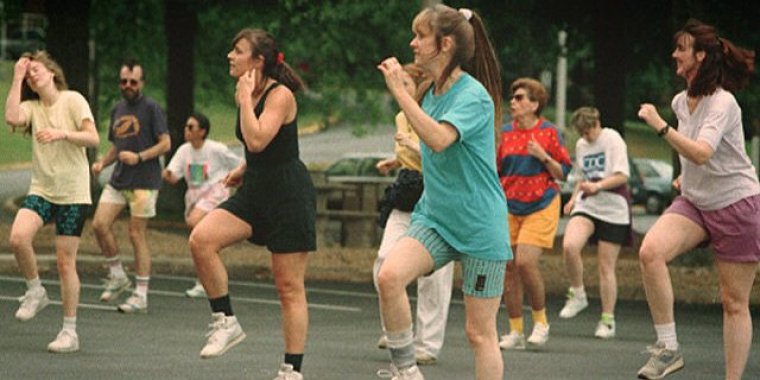| Health / Health News |
Another Reason to Exercise: Protecting Your Sight
People who engage in moderate to vigorous physical activity may be able to significantly lower their risk of glaucoma.

People who engage in physical activity may be able to significantly lower their risk of glaucoma. Image credit: Centers for Disease Control and Prevention
Researchers from the University of California, Los Angeles reported a 73 percent decline in the risk of developing the disease among the most physically active study participants, compared with those who were the least active.
Glaucoma is one of the leading causes of blindness in the United States. It is most common in people over 40. Treatment can slow its progression, but there is no cure. It has long been thought that lifestyle choices do not play a role in glaucoma, but several recent studies show that lifestyle factors can influence eye pressure, which is a major risk factor for the disease.
To examine the correlation between exercise intensity and glaucoma, the researchers looked at data from the National Health and Nutrition Examination Survey, a large study that has tracked the health and nutritional status of adults in the United States since the 1960s.
They defined moderate to vigorous activity in terms of walking speed and the number of steps taken per minute as measured by a pedometer. Taking 7,000 steps a day, every day of the week is considered equivalent to 30 minutes a day of moderate-to-vigorous physical activity at least 5 days a week.
The researchers found that for each 10-unit increase in walking speed and number of steps taken per minute, glaucoma risk decreased by 6 percent. For each 10-minute increase in moderate-to-vigorous activity per week, glaucoma risk decreased 25 percent.
Some studies have demonstrated that blood flow and pressure inside the eye may change with exercise, which may affect glaucoma risk. (Tasnim News Agency)
YOU MAY ALSO LIKE


